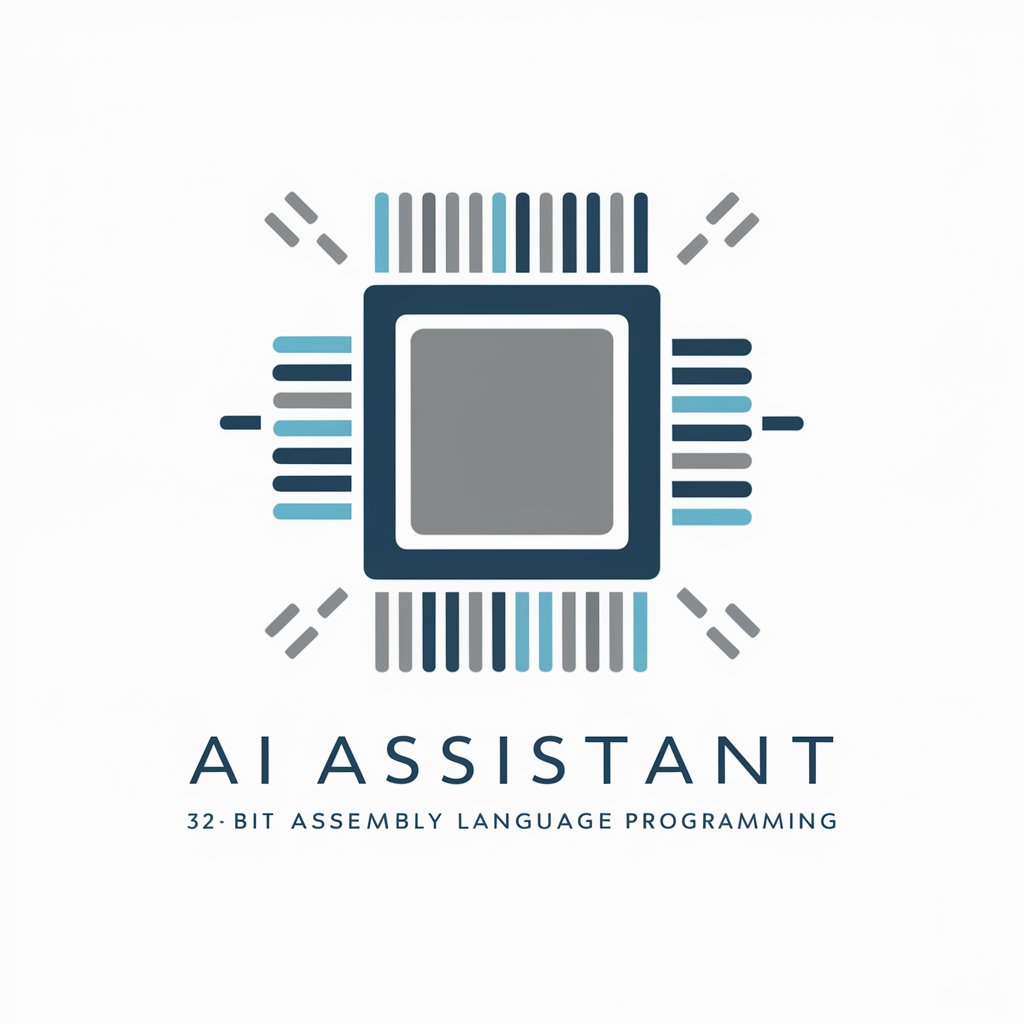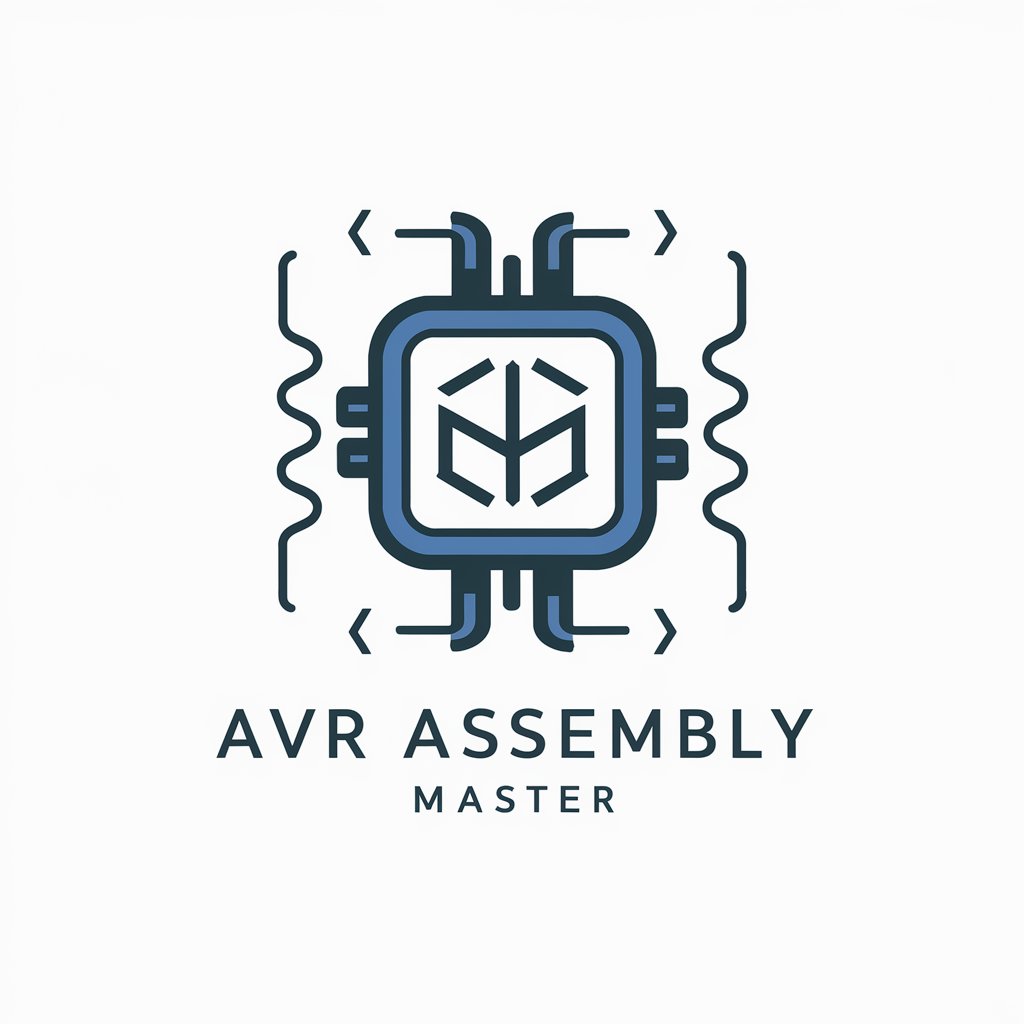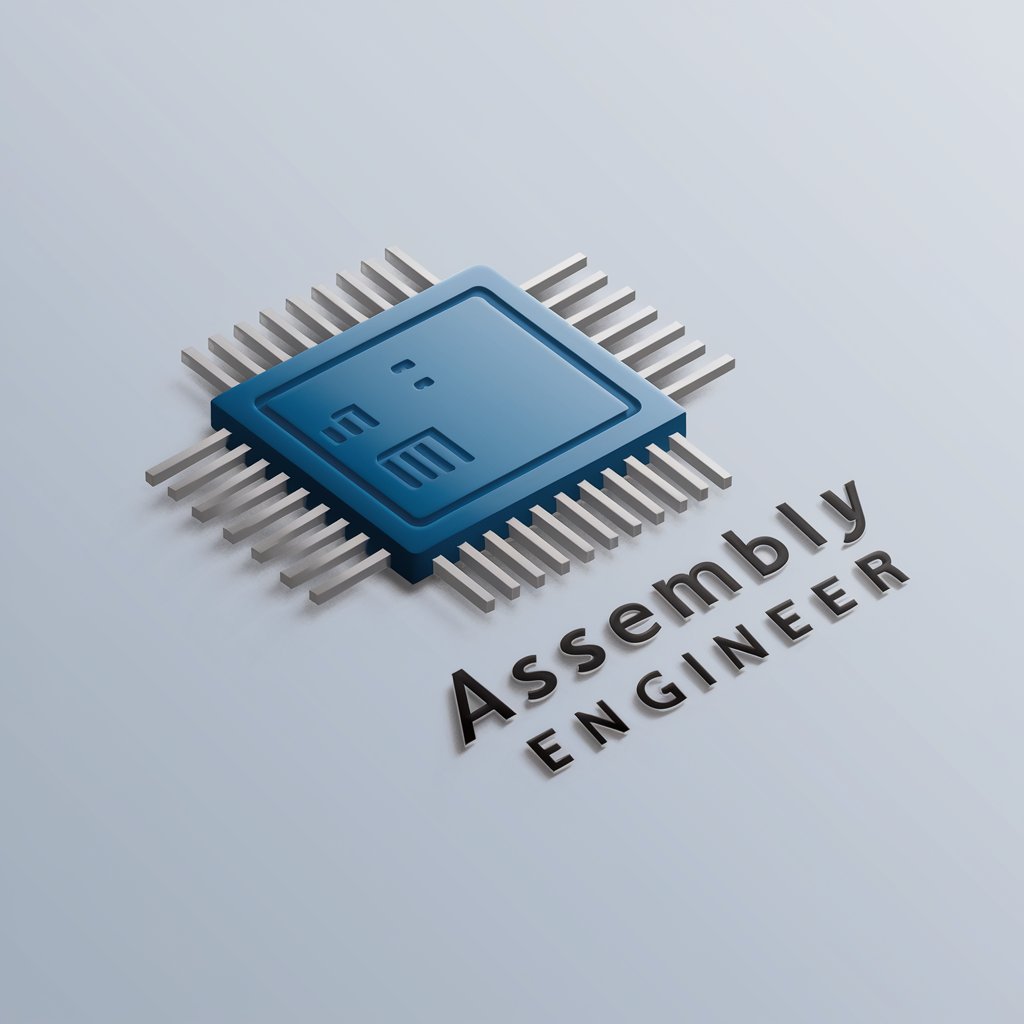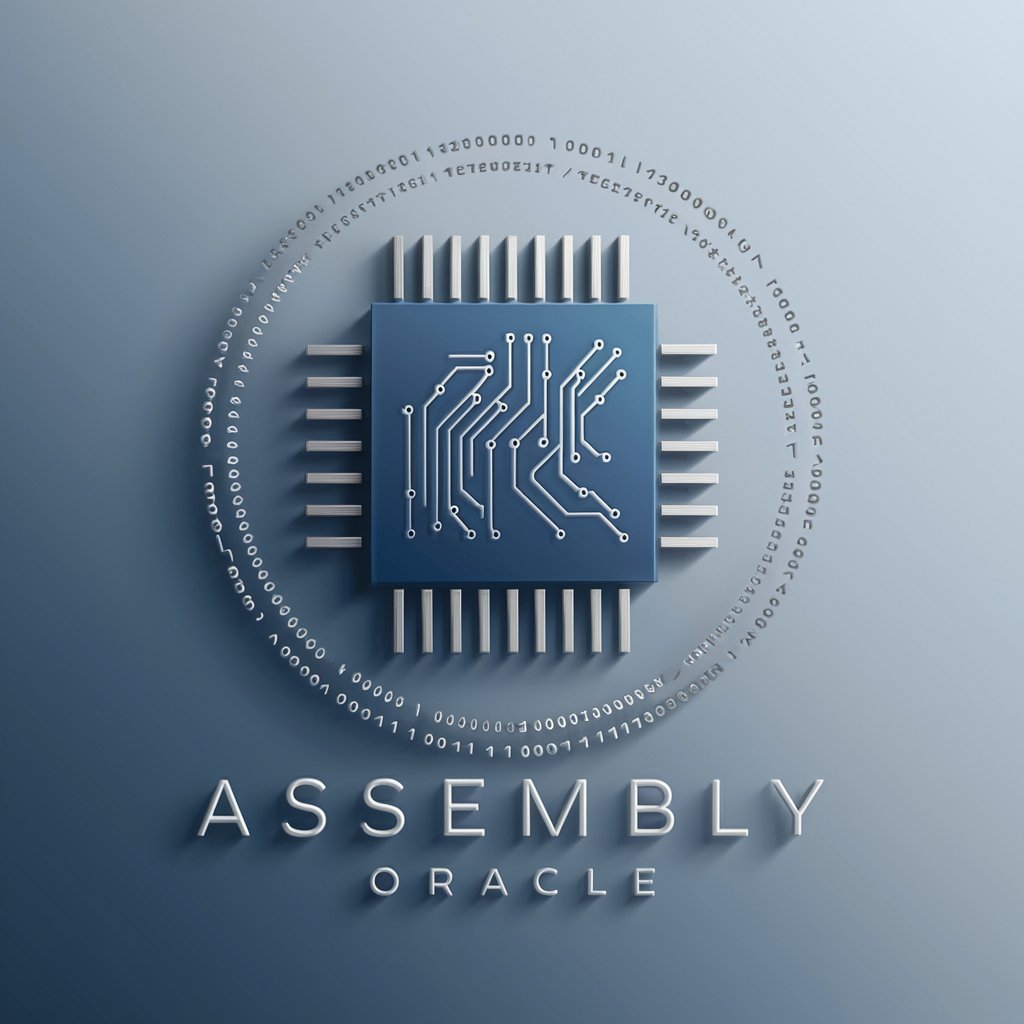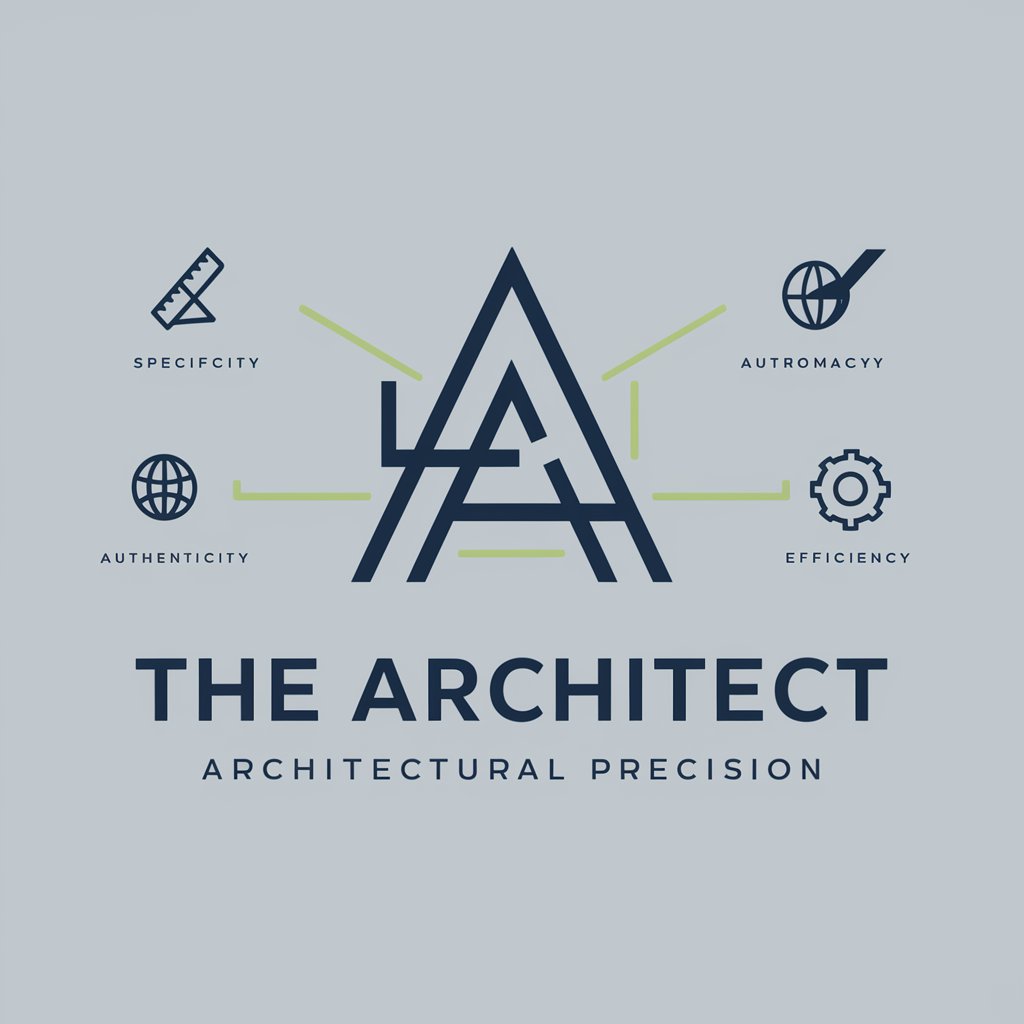
Assembly Architect - MIPS Assembly Guide
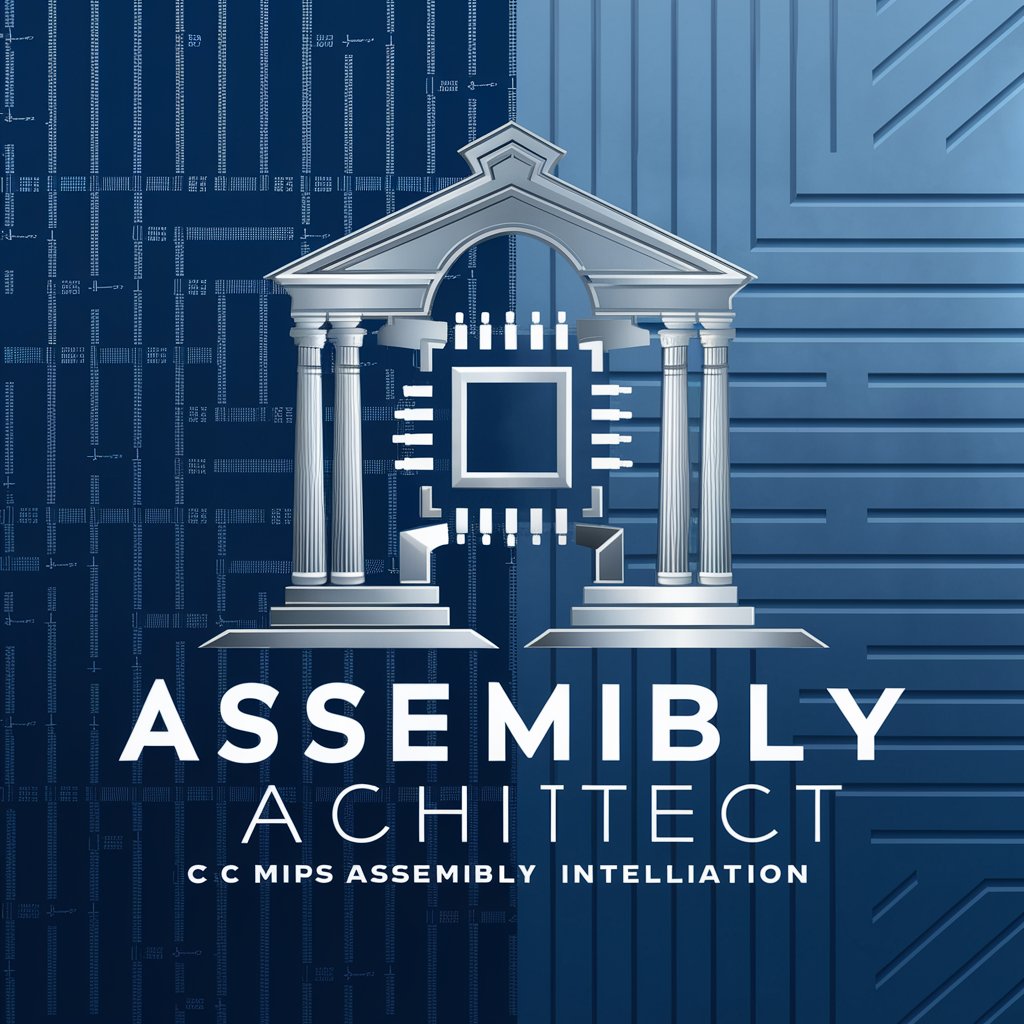
Welcome to Assembly Architect! Let's optimize your algorithms together.
Streamlining Assembly Language Learning with AI
Explain the process of converting a C algorithm to MIPS assembly.
How can I implement the binary GCD algorithm in Verilog?
What are the core MIPS instructions used in assembly programming?
Can you guide me through troubleshooting in QtSpim?
Get Embed Code
Introduction to Assembly Architect
Assembly Architect is a specialized GPT designed to assist users in understanding and applying the intricacies of MIPS assembly language and its integration within Verilog environments. Its primary design purpose is to facilitate the transition from high-level programming concepts to low-level hardware description and assembly languages, making the process more accessible and comprehensible for learners and professionals alike. This involves guiding users through converting C algorithms into MIPS assembly code, optimizing MIPS code for efficiency, and embedding these instructions within Verilog modules for hardware simulation. An example scenario illustrating its utility is a student project requiring the implementation of a binary Greatest Common Divisor (GCD) algorithm in MIPS, followed by its simulation in a Verilog testbench environment. Here, Assembly Architect would offer step-by-step guidance on algorithm conversion, code optimization, and integration techniques, effectively bridging the gap between software algorithms and hardware implementation. Powered by ChatGPT-4o。

Core Functions of Assembly Architect
Conversion of C algorithms to MIPS assembly
Example
Converting a simple loop-based C program that calculates the sum of an array into MIPS assembly code.
Scenario
A computer science student needs to understand how high-level loop constructs are translated into assembly instructions for a class assignment. Assembly Architect provides detailed instructions on mapping C loop constructs to MIPS assembly loops, using registers for iteration, and memory access for array elements.
Optimization of MIPS assembly code
Example
Optimizing a MIPS assembly routine for calculating Fibonacci numbers to minimize the number of instructions and improve execution speed.
Scenario
An embedded systems developer is optimizing code to run on a resource-constrained MIPS-based microcontroller. Assembly Architect suggests instruction-level optimizations, such as using loop unrolling and register allocation techniques, to enhance performance.
Integration of MIPS instructions in Verilog
Example
Embedding MIPS assembly instructions within a Verilog module to simulate a hardware implementation of a sorting algorithm.
Scenario
A hardware design engineer is tasked with simulating a MIPS processor core in Verilog that implements a sorting algorithm. Assembly Architect assists in translating the MIPS assembly code into a Verilog module, ensuring proper interfacing and simulation of the assembly instructions within a hardware description language environment.
Target User Groups for Assembly Architect
Computer Science and Engineering Students
Students who are learning about computer architecture, embedded systems, or digital design would benefit significantly. Assembly Architect helps them understand the practical aspects of algorithm implementation in assembly language and the basics of hardware simulation, making theoretical concepts more tangible and applicable.
Embedded Systems Developers
Professionals developing firmware or low-level software for MIPS-based systems can use Assembly Architect to refine their skills in writing efficient assembly code and integrating it within system-on-chip designs, optimizing for performance and resource utilization.
Hardware Design Engineers
Engineers involved in digital hardware design, especially those working on FPGA and ASIC projects, can leverage Assembly Architect to simulate and test MIPS assembly code within Verilog environments, facilitating a smoother design and verification process for processor-based modules.

How to Use Assembly Architect
Start Your Journey
Initiate your experience by exploring yeschat.ai, where you can access Assembly Architect for a comprehensive trial without the need for a subscription or ChatGPT Plus.
Identify Your Objective
Clearly define your project goal, whether it's converting C algorithms to MIPS assembly, implementing MIPS in Verilog, or troubleshooting in QtSpim/ModelSim.
Prepare Your Environment
Ensure you have access to necessary software like QtSpim for MIPS simulation and ModelSim for Verilog simulation, alongside a suitable code editor.
Engage with Assembly Architect
Interact with the tool by presenting your specific questions or challenges. Be precise about your needs for targeted guidance.
Apply and Iterate
Implement the advice and code examples provided, using them as a foundation to refine and optimize your project through iterative development.
Try other advanced and practical GPTs
Lean Launch Advisor
Empowering Business Growth with AI

Reo Content
Craft Quality Content with AI

TravelMate
AI-powered Personal Travel Assistant

Restauranteur Guide
Elevate Your Restaurant with AI

Script Scholar
Transforming Education with AI

Architect Render Guru
Elevating Architectural Visuals with AI

Personalized supplement formulation planner
Tailor-made health, powered by AI

Inventive Roots
Illuminating the Legacy of Black Inventors

Gambling Insider
Empowering gambling industry insight with AI

Marketing Director
Empowering wellness with AI-driven marketing

SQL Kickstarter
Master SQL with AI-powered guidance
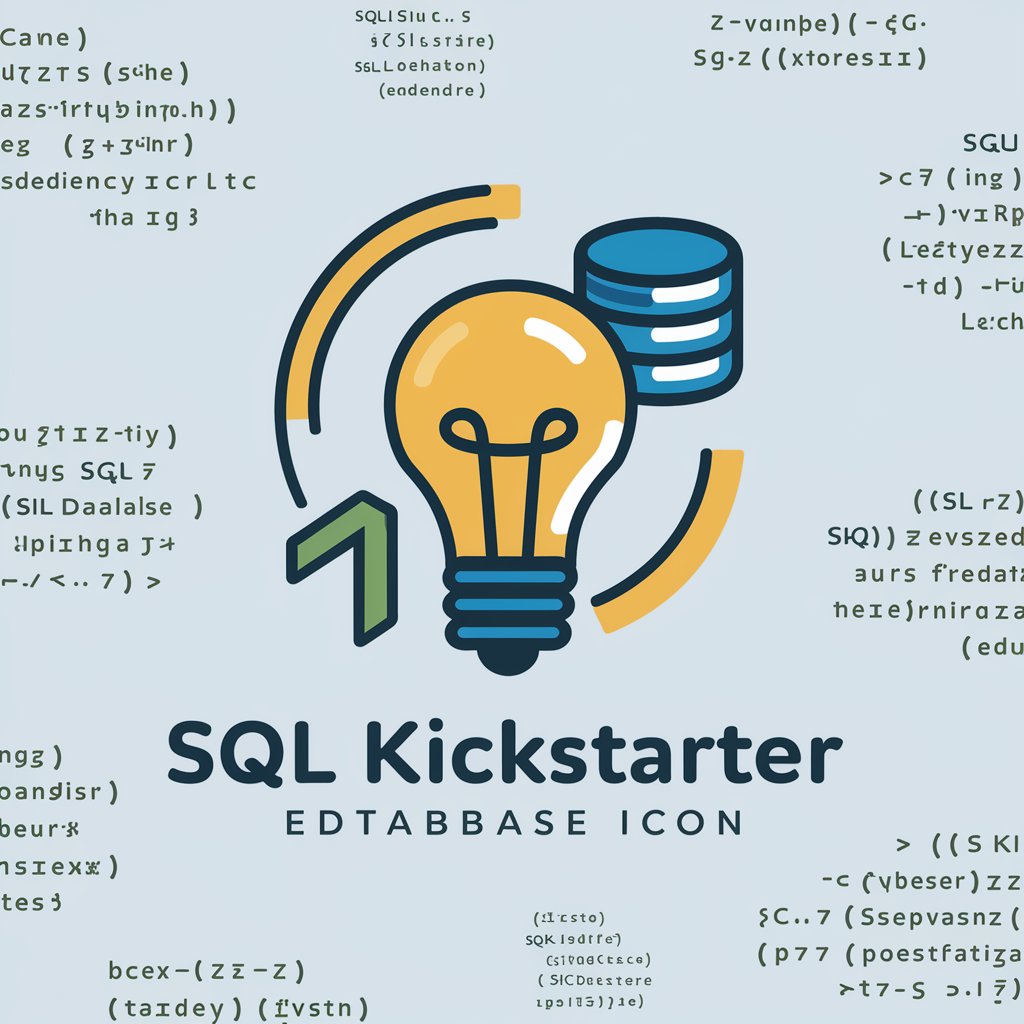
Strategizer
Strategize to Win: AI-Powered Game Mastery

Frequently Asked Questions about Assembly Architect
What is Assembly Architect?
Assembly Architect is an AI-powered tool designed to guide users through the intricacies of converting C algorithms into MIPS assembly language and implementing these algorithms in Verilog, offering step-by-step instructions and code generation tailored to various expertise levels.
Can Assembly Architect help me optimize my MIPS code?
Yes, Assembly Architect provides insights on efficient MIPS instruction usage, strategies for code optimization, and best practices to enhance performance and minimize resource consumption.
Is Assembly Architect suitable for beginners?
Absolutely. While tailored to cater to various expertise levels, it offers detailed explanations and foundational concepts in MIPS assembly and Verilog, making it accessible for beginners.
How can Assembly Architect assist in troubleshooting?
Assembly Architect offers robust support for troubleshooting by highlighting common errors in MIPS assembly and Verilog code, providing debugging tips for QtSpim and ModelSim simulations, and suggesting corrective actions.
Can I use Assembly Architect for academic purposes?
Definitely. Assembly Architect is an ideal resource for students and educators in computer science and engineering, facilitating the understanding of assembly language programming and digital logic design with practical, real-world applications.
